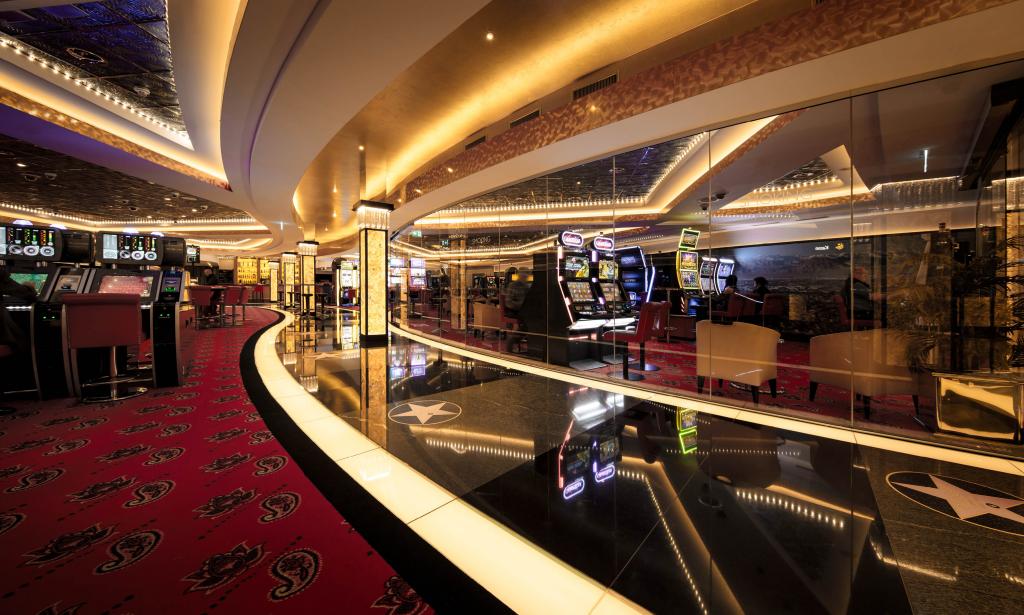
Casino experiences have long captivated human interest, drawing gamblers into a universe filled with chance, strategy, and the allure of excitement. Each experience is meticulously crafted not just for entertainment, but also to inspire targeted emotional responses that keep players involved and invested. Understanding the reasons behind these designs reveals much about how psychology plays a crucial role in the gaming experience.
From the dazzling lights and vibrant sounds to the complex layering of rules and rewards, casino games are designed to create an atmosphere of anticipation and anticipation. Game designers leverage psychological principles to influence participant behavior, whether through the use of jackpots, almost wins, or community engagement. By examining these aspects, we can better appreciate how casino games fulfill not just a need for entertainment, but underlying psychological needs for thrill and uncertainty.
Understanding Player Actions
Casino games are engineered with a deep comprehension of player psyche, which is essential for attracting and retaining players. The excitement of the game, alongside the expectation of winning, creates a powerful draw. Game designers make use of elements like sound effects, colorful graphics, and captivating gameplay to capture attention and elicit emotional responses. These sensory elements enhance the immersive experience, making players feel more attached in the game.
Another important aspect of player behavior is the idea of risk and reward. Casino games often weigh risky situations with the potential for substantial rewards, which can lead to the phenomenon known as near-miss phenomenon. When players come within reach to winning, the brain releases dopamine, reinforcing their behavior and prompting them to keep playing in pursuit of that hard-to-reach win. This cycle of wish and frustration plays a key role in how games are designed and marketed.
Lastly, social factors also play a central role in player behavior at casinos. Many games are designed to be played in teams or with other players, creating a sense of togetherness and communal experience. non GamStop casino UK The community engagement inherent in games like poker enhances enjoyment and can lead to prolonged gaming periods. Designers leverage on this by designing environments that invite players to remain, interact, and revisit, making the overall casino experience more inviting.
The Role of Visuals and Sound
Imagery and audio play a vital role in elevating the gambler’s experience within casino games. Designers utilize vibrant colors, eye-catching graphics, and captivating animations to attract players’ attention and hold their focus. The use of motifs, such as adventure or luxury, helps create an immersive atmosphere that transports players into a different world. By appealing to the senses, these elements add to a heightened emotional response, encouraging players to engage more deeply with the games.
Audio design is equally important in enhancing the overall experience of gambling games. The mix of ambient music, sound effects for successful combinations, and ambient noises creates an sound landscape that holds players enthralled. Sounds associated with victories, such as ringing bells or celebratory music, evoke feelings of excitement and reward, encouraging players to continue playing. These audio cues are strategically placed to enhance the excitement of the game and create a more engaging experience.
Additionally, the alignment of visuals and sound is essential for reinforcing the game’s overall theme and mood. Each element should align seamlessly to create a cohesive experience that draws players in. The effective use of this synergy not only improves user satisfaction but also boosts the likelihood of return play, as players become more engaged in the captivating world that the casino games offer. This thoughtful integration of visuals and sound ultimately enhances player involvement and loyalty.
Reward Systems and Engagement
The creation of gambling experiences greatly depends on reward systems to keep participants engaged and coming back for additional experiences. These structures are rooted in behavioral principles that exploit human nature and motivation. Players are often driven by the excitement of winning, which is supported by instant feedback through the game’s mechanics. This prompt satisfaction not just improves the overall experience but also fosters a sense of success, encouraging participants to continue participating in hopes of bigger gains.
Gaming establishments utilize various reward structures, including jackpots, bonuses, and multipliers, to captivate players. These elements create a layer of excitement that sustains engagement. Additionally, the randomness of results plays a crucial role in sustaining interest. The variable reward system, where successes are unpredictable but occur often enough, maintains players on edge and driven to keep playing. This cycle of hope and anticipation is foundational to the success of gambling experiences.
Moreover, community aspects, such as competitive events and collaborative options, enhance the participation factor by tapping into the desire to compete of players. The shared experience of playing with others can amplify the thrill of winning and create a community atmosphere within the gaming space. By integrating these social dynamics with effective incentive structures, casino games not only offer fun but also foster a deeper connection among players, reinforcing their loyalty to the overall experience.